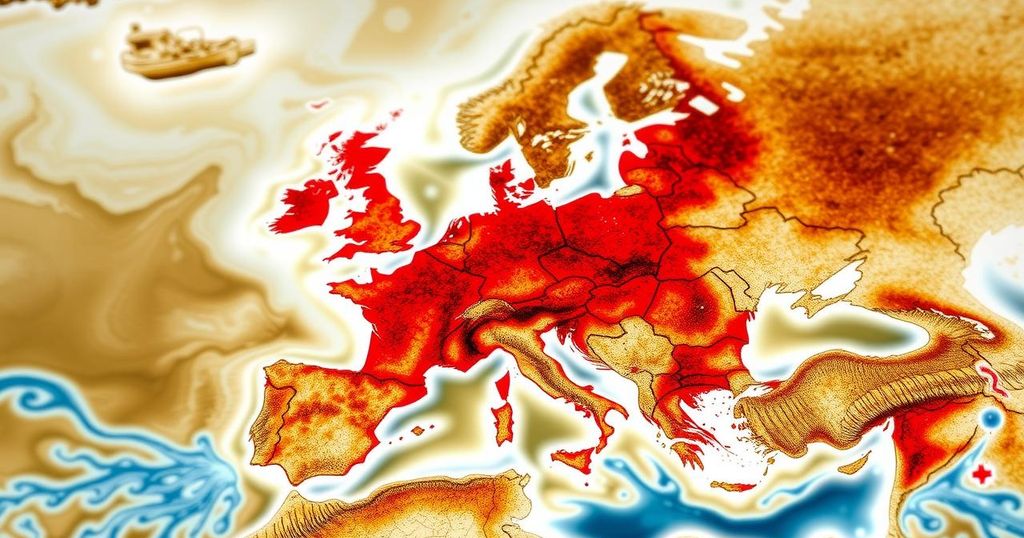The year 2024 is forecasted to be the hottest on record, surpassing 1.5°C above pre-industrial levels, as reported by the EU’s Copernicus Climate Change Service. This announcement follows the UN’s recent $300 billion climate deal, criticized for being inadequate. With significant extreme weather events globally—ranging from droughts to floods—scientists affirm the ever-pressing need for effective climate action.
According to recent announcements by European Union scientists, the year 2024 is projected to be the hottest year on record globally. The Copernicus Climate Change Service (C3S) reports that average global temperatures will surpass the 1.5 degrees Celsius threshold above pre-industrial levels. This data is disclosed following recent UN climate negotiations that produced a $300 billion commitment to address climate change, a figure deemed inadequate by poorer nations facing escalating climate-related challenges. Significant weather anomalies, including severe droughts and catastrophic floods, have already been observed worldwide this year, affirming the influence of human-induced climate change.
Among the recent extreme weather events, widespread drought afflicting Italy and parts of South America, along with deadly floods across various regions, emphasizes the urgent and dire consequences of climate change. Additionally, notable heatwaves in countries such as Mexico and Saudi Arabia contributed to thousands of fatalities, while devastating cyclones impacted the United States and the Philippines. According to C3S, November was recorded as the second-warmest November to date, following the previous year, indicating an alarming continuation of elevated temperatures.
Julien Nicolas, a climate researcher at Copernicus, stated, “We’re still in near-record-high territory for global temperatures, and that’s likely to stay at least for the next few months.” The primary driver of climate change is attributed to CO2 emissions stemming from fossil fuel consumption. Although numerous governments have committed to achieving net-zero emissions, current trends suggest an unprecedented rise in emissions for 2024.
Scientific experts are also observing the potential emergence of the La Nina weather pattern in 2025, known for cooling ocean surface temperatures. While this may lead to a temporary reduction in global temperatures, it would not negate the overarching trend of warming resulting from greenhouse gas emissions. As expressed by Friederike Otto, a senior lecturer at Imperial College London, “While 2025 might be slightly cooler than 2024, this does not mean temperatures will be ‘safe’ or ‘normal.’ We will still experience high temperatures, resulting in dangerous heatwaves, droughts, wildfires and tropical cyclones.” Records from C3S date back to 1940 and are complemented by global temperature data since 1850.
In recent years, the consequences of climate change have escalated dramatically, with record high temperatures and severe weather phenomena increasingly prevalent. The Copernicus Climate Change Service plays a vital role in monitoring and reporting on global temperature trends, contributing vital data to the international community focused on addressing climate change. The implications of climate change are profound, leading to not only environmental degradation but also significant socio-economic challenges, particularly for vulnerable populations in developing countries.
In summary, 2024 is anticipated to achieve the record of being the hottest year to date, with temperatures projected to remain exceptionally high well into 2025. Extreme weather events across the globe serve as critical indicators of the escalating climate crisis linked to human activities. The incongruence between government pledges for emissions reductions and the reality of increasing carbon dioxide emissions raises urgent questions about global climate action efficacy. Continued monitoring and responsive strategies are essential to manage the climate crisis effectively.
Original Source: bdnews24.com






